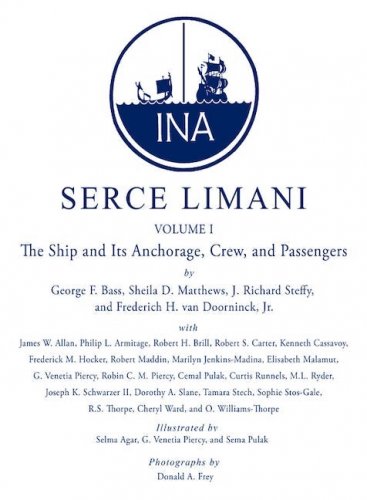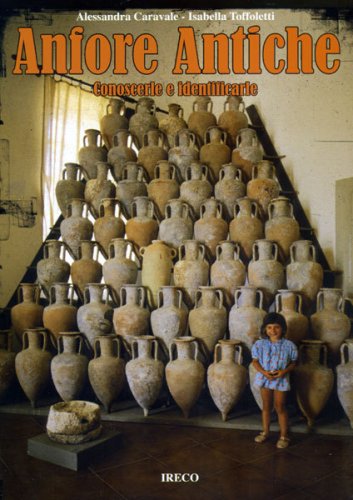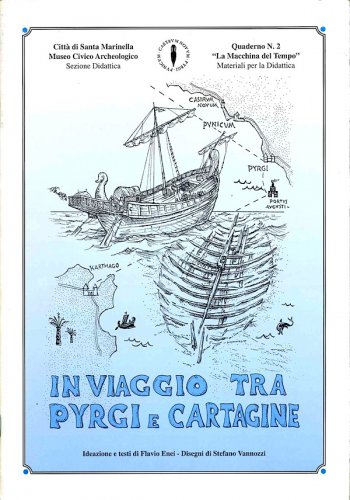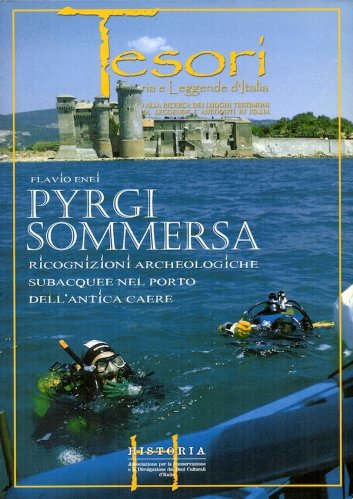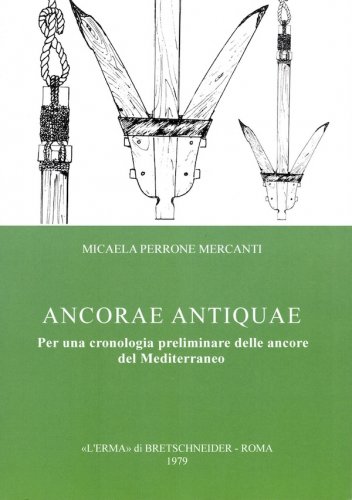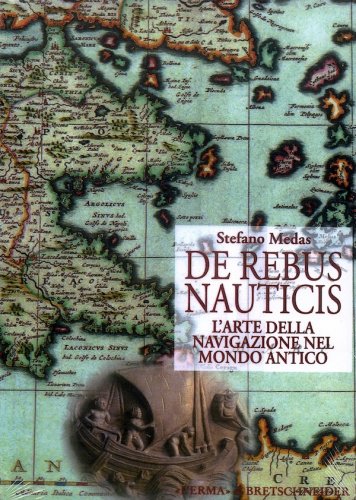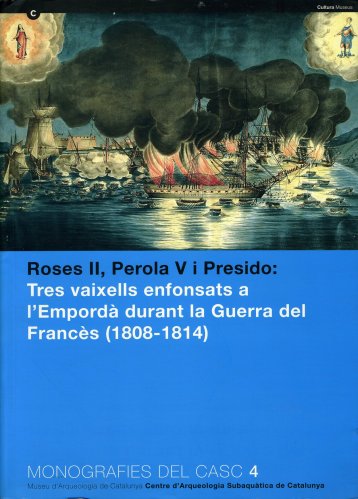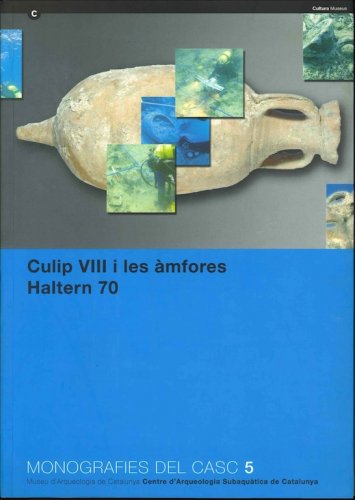For almost a millennium, a modest wooden ship lay underwater off the coast of Serçe Limani, Turkey, filled with evidence of trade and objects of daily life. The ship, now excavated by the Institute of Nautical Archaeology at Texas A&M University, trafficked in both the Byzantine and Islamic worlds of its time. The ship is known as “the Glass Wreck” because its cargo included three metric tons of glass cullet, including broken Islamic vessels, and eighty pieces of intact glassware. In addition, it held glazed Islamic bowls, red-ware cooking vessels, copper cauldrons and buckets, wine amphoras, weapons, tools, jewelry, fishing gear, remnants of meals, coins, scales and weights, and more. This first volume of the complete site report introduces the discovery, the methods of its excavation, and the conservation of its artifacts. Chapters cover the details of the ship, its contents, the probable personal possessions of the crew, and the picture of daily shipboard life that can be drawn from the discoveries.
Data pubblicazione
16/08/2004

